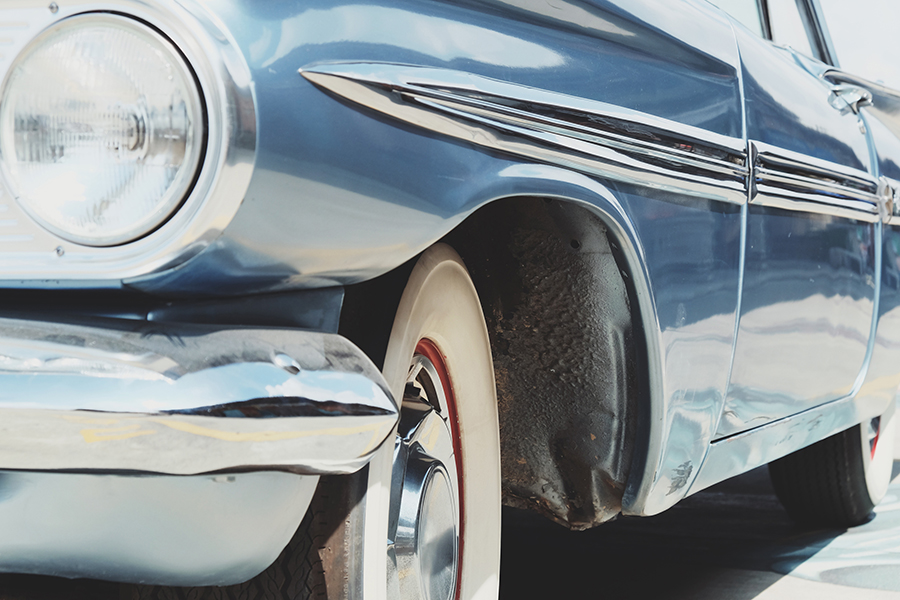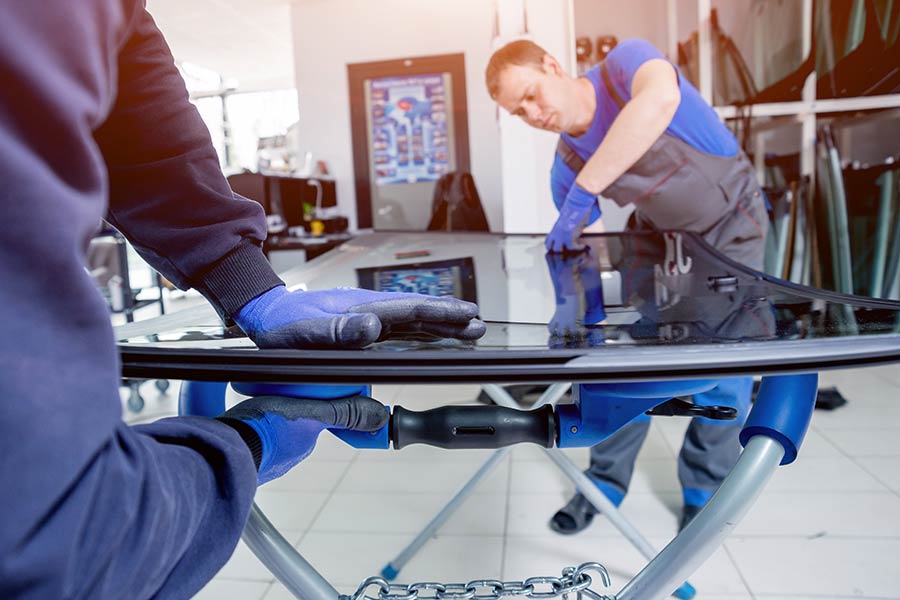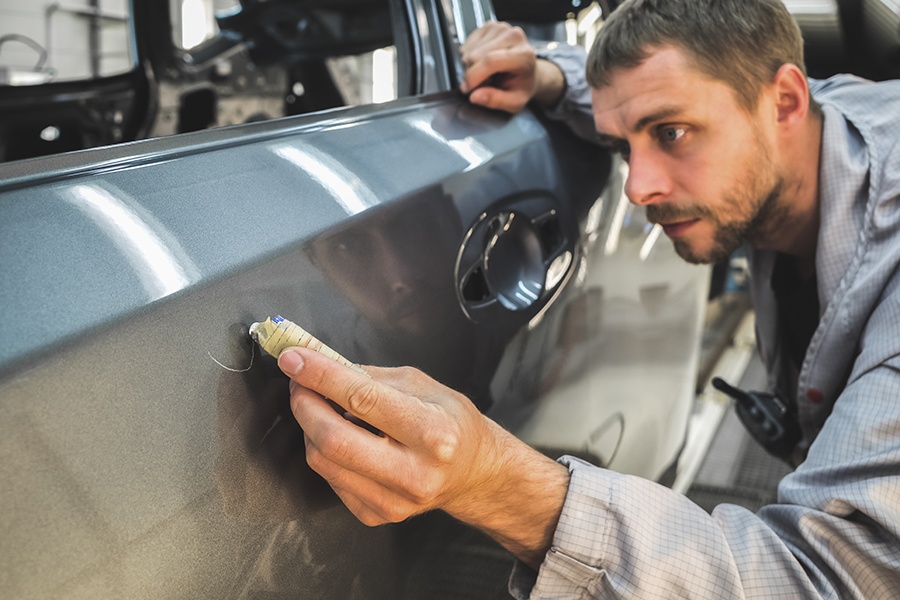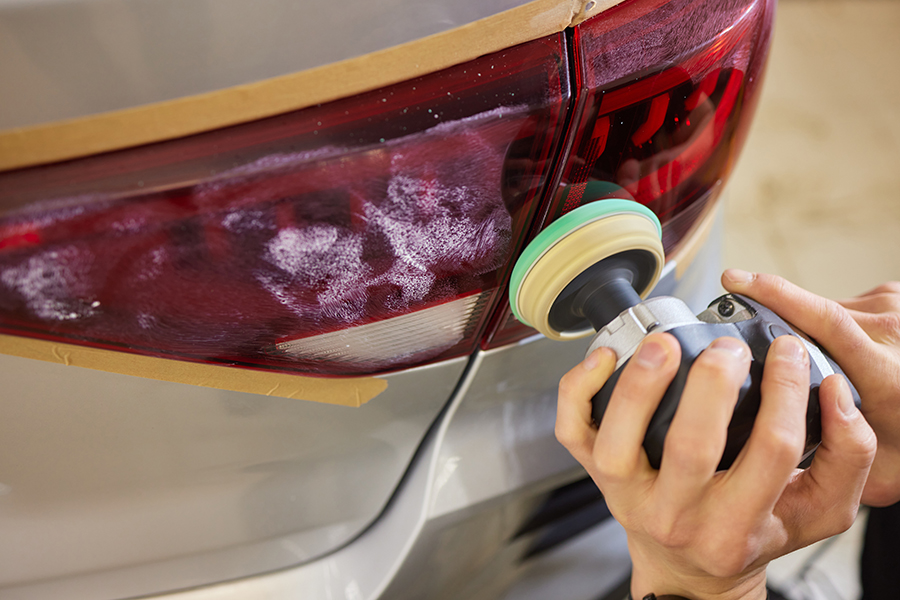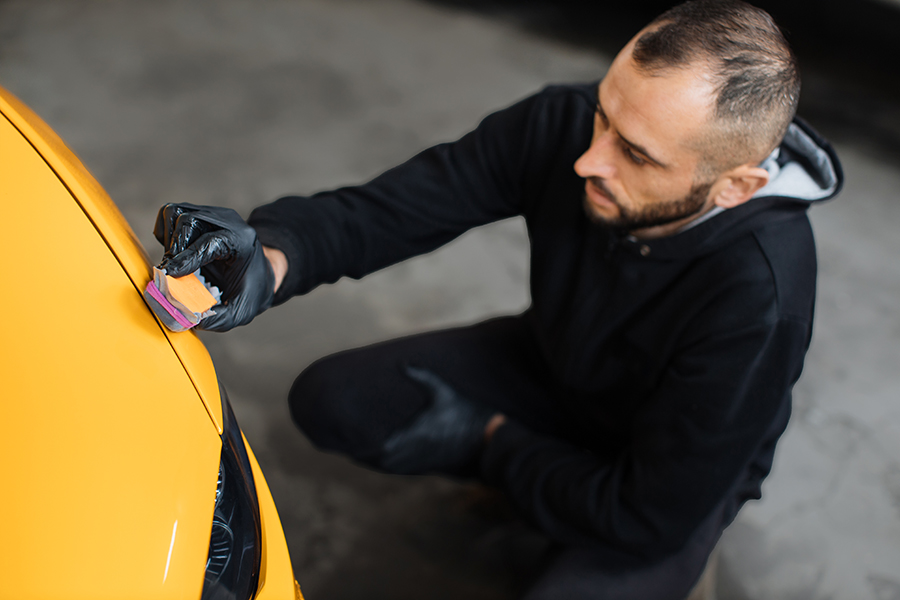Ever bumped into something and got a dent on your classic car? Ouch, right? Well, fixing those dents is more than just a touch-up; it's about keeping history rolling smoothly on the roads. Classic cars are like time machines on wheels, each with its own story. But when they get dinged or dented, it's not just the look that hurts; it's like a smudge on their rich history. That's where classic car dent repair steps in, blending art with science to turn back time. It's not just about making your ride look neat again but preserving a piece of automotive heritage. So, let’s dive into how you can keep your vintage beauty looking timeless, without letting those little blemishes tell the wrong story.
Key Takeaways
- Fixing dents in your classic car keeps it looking great and can help keep its value high.
- Paintless Dent Repair (PDR) is a smart choice for many dents because it doesn't harm the original paint.
- Classic cars need special care, so pick a repair service that knows how to work with them.
- Mobile dent repair can save you time by coming to you, making it easier to fit into your schedule.
- Following a step-by-step guide for PDR can help you understand the process and what to expect.
- Keeping your classic car dent-free is not just about looks; it's an investment in preserving its value for the future.
Benefits of Classic Car Dent Repair
Preserving Car Value
Keeping a classic car's appearance as original as possible is crucial. Dents can spoil this look. Fixing them helps the car stay pretty. This makes the car worth more money later.
Cars with dents lose value faster. People don't want to buy damaged cars for high prices. Fixing dents stops this problem. It keeps the car's value stable.
A well-looked-after car sells for more money. If you fix dents, your car looks nicer. This means you can ask for more money when you sell it. People like buying cars that look good and have no damage.
Maintaining Original Paint
Classic cars should keep their first paint job if they can. This paint is special because it's what the car first had. Fixing dents without painting again helps do this.
etimes, new paint doesn't match the old paint. This looks bad and can lower the car's value. By fixing dents carefully, we avoid this mismatch problem.
Keeping the original paint means keeping the car's real history. Cars with their first paint are rare and special. They remind us of the car’s story from when it was new.
Cost-Effective Solutions
Dent repair can be cheaper than big fixes. It costs less because it's usually quicker and easier. You save money on both parts and work time.
Labor costs drop when repairs are fast. Quick fixes mean less time paying someone to work on the car. This makes getting rid of dents more affordable.
Avoiding new paint jobs saves a lot of money. Paint work is expensive, especially for classic cars. By fixing dents in other ways, we keep costs down.
Understanding Paintless Dent Repair (PDR)
How PDR Works
Paintless Dent Repair, or PDR, uses special tools to fix dents. These tools help push the dent out from behind the car's panel. It's like massaging the metal back into place. This method is careful not to hurt the paint on your car.
Technicians work skillfully to access the dented area from the backside of the panel. They gently push and massage until the surface looks smooth again. This process makes sure your classic car keeps looking great without harming its paint.
Advantages of PDR
PDR helps keep your car's original look because it doesn't harm the paint. This is a big deal for classic cars. Their original paint and finish are part of what makes them special.
Repairs with PDR are done faster than old methods. You won't have to leave your car at the shop for long. Plus, PDR is good for our planet. It doesn't use harsh chemicals or fillers that can hurt the environment.
Comparing PDR to Traditional Methods
PDR is less harsh than old ways of fixing dents. In the past, fixing a dent meant sanding down your car and repainting it. That can change how your classic car looks and feels.
With PDR, there's no need for sanding or painting. Your car stays true to its original state. Most times, PDR is also easier on your wallet and quicker to do.
Specialized Techniques for Classic Cars
Tools and Equipment
Classic car dent repair often uses PDR rods and hammers. These tools help fix dents without harming the paint. Experts push out dents from behind the car's panel. It requires skill.
Another method is glue pulling. This works well for dents where access is tricky. A special glue attaches to the dent. Then, a tool pulls the dent out.
Specialized lights are also key. They make dents more visible. With these lights, experts can see even tiny dents they need to fix.
Techniques for Aluminum Panels
Aluminum panels are different. They need different pressure when fixing dents. This is because aluminum has unique properties.
Heat is important too. It helps prevent cracking in the aluminum. Without heat, the metal might split.
There are specific tools for aluminum. These tools are made just for aluminum panels. They help fix dents without damage.
Handling Delicate Parts
Trim and moldings are delicate. Repairers must take extra care with these parts. They use gentle methods to avoid harm.
Protective coverings are a must. They keep the car's surface safe from scratches during repair.
The work must be slow. Rushing can cause further damage. Patience is key in preserving classic cars' beauty.
Mobile Dent Repair Services
Convenience and Flexibility
Mobile dent repair services bring the solution to your doorstep. They offer to fix dents at your location. This means you don't have to drive your classic car to a shop. It saves you time and effort.
You can schedule repairs when it suits you best. Many services are flexible. They work around your busy life. Most repairs are done in just a few hours. Your car gets fixed while you do other things.
Finding Reliable Services
It's important to find technicians who know classic cars. Look for those with certification and experience. They understand how to handle your car's unique needs.
Always check what other customers say. Reviews and testimonials give you a clear picture. They help you choose the right service.
Make sure they use the latest tools. Modern, high-quality tools are gentle on your classic car. They fix dents without harming the original paint or bodywork.
What to Expect
The repair starts with an assessment of the damage. The technician looks at the dent closely. They tell you how bad it is.
Then, they explain how they'll fix it. You'll learn about the steps they take to remove the dent.
They also give you an estimated time and cost for the repair. This helps you plan and budget for the work.
Step-by-Step Guide to PDR
Initial Assessment
First, experts look at the dent's size and place. They see if it's big or small and where it is. This step is key because not all dents can be fixed with PDR (Paintless Dent Repair).
They then decide if PDR will work. If yes, they make a detailed plan for fixing the car. This plan helps them do their job well and fast.
Dent Removal Process
Next, specialists get to the dent from behind the car's panel. This might mean taking parts of the car apart. It's tricky but important for PDR.
They use special tools to push the dent out gently. These tools must not harm the car’s paint. The experts look at their work with special lights often. These lights help them see the progress and make sure they are doing it right.
Final Inspection
Lastly, they check their work carefully. They make sure the dent is gone for good. They look at the paint too. There should be no marks or damage.
They also check that the car's surface is smooth and looks like new again. This step is very important to make sure the customer is happy.
Preserving Your Classic Car’s Value
Regular Maintenance Tips
Keeping your classic car looking its best is a labor of love. Regular upkeep plays a crucial role in this journey. It starts with something as simple as washing and waxing the car frequently. This protects the paint from dirt and reduces scratches.
Parking in shaded areas is another smart move. The sun can fade the paint over time. So, finding a spot away from direct sunlight helps keep the color vibrant.
Addressing minor dents and scratches quickly is also key. After learning about Paintless Dent Repair (PDR), you know it's best to fix these issues promptly. It prevents them from becoming bigger problems.
Protecting Paintwork
Your classic car's paintwork is like its skin. It needs protection to stay looking great. Applying clear protective films can shield the paint from chips and scratches. Think of it as a barrier against the elements.
Using quality car covers when not in use is another effective strategy. These covers keep dust and moisture away, which can harm the paint over time.
Avoid harsh chemicals during cleaning. They can strip away waxes and damage the paint's finish. Always opt for products designed for automotive use to ensure safety.
Avoiding Common Mistakes
Many car owners try to fix dents on their own without the right tools. This often leads to more harm than good. If you're not equipped with proper PDR tools or skills, it's best to leave it to professionals.
Ignoring small dents is another mistake to avoid. What seems minor can easily turn into serious damage if left unattended. Remember, preserving your car’s appearance means taking care of even the smallest issues.
Choosing reputable professionals for repairs is crucial. Not all repair shops have experience with classic cars or PDR techniques. Make sure you select someone who understands the value of your vehicle and knows how to maintain its integrity.
Closing Thoughts
Repairing dents on your classic car isn't just about keeping it pretty; it's a smart move to protect your investment. Whether you go for Paintless Dent Repair (PDR) or choose a more specialized technique, you're taking a step towards preserving the value and charm of your ride. It's like giving your car a shield against time and wear. And with mobile services, fixing dents has never been more convenient. You don't even have to leave your garage to get professional results.
on't let those dings and dents put a damper on your classic car's style. Take action, and keep your precious vehicle looking its best. Remember, every little bit helps in maintaining its value and ensuring it turns heads for years to come. Ready to give your classic car the care it deserves? Roll up those sleeves and let's get to work!
Frequently Asked Questions
What are the benefits of classic car dent repair?
Dent repair can breathe new life into your classic car, enhancing its appearance and maintaining its value. It's like giving your car a facelift, making it look as good as it drives.
Can paintless dent repair (PDR) be used on classic cars?
Absolutely! PDR is a gentle yet effective method that works wonders on classic cars, preserving original paint and keeping everything looking pristine.
Are there specialized techniques for repairing dents in classic cars?
Yes, classic cars often require a more delicate touch, utilizing specialized techniques to protect their unique finishes and materials. It's like performing surgery with kid gloves on.
How does mobile dent repair services benefit classic car owners?
Mobile dent repair brings the fix to you, saving you from the hassle of transporting your precious cargo. It’s like having a doctor make a house call for your classic ride.
What is involved in a step-by-step guide to PDR?
A step-by-step guide to PDR involves assessing the damage, gaining access to the dent, and meticulously massaging the metal back into place. Think of it as coaxing a turtle out of its shell.
How does repairing dents preserve my classic car’s value?
Fixing dents not only keeps your car looking sharp but also preserves or even increases its value. It’s akin to keeping a rare piece of art in mint condition; it just makes sense.
